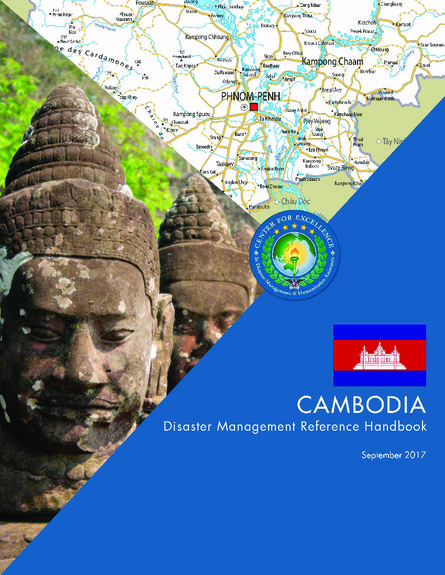
The Kingdom of Cambodia (Cambodia) has a relatively high exposure to natural disasters and is expected to be one of the countries most affected by climate change. Droughts, floods, and typhoons have devastated crops and caused the loss of life. Typhoons and tropical storms in the Pacific can lead to a heavy flood season in Cambodia. In the wet season, water from the Mekong River causes flooding.
In 2011, Cambodia experienced one of its worst flood seasons on the lower Mekong River since 2000 affecting 18 of the 24 Cambodian provinces and affecting 1 million people. More recently, during the 2015-16 El Nino event, three-fourths of the paddy rice area experienced a loss in yield due to drought. In Cambodia, the occurrence of major disasters is a key factor that prompted the development and strengthening of legal frameworks for preparedness, response and recovery from disasters. Local, international and regional organizations are playing the key role in implementing disaster risk reduction projects in Cambodia. This has resulted in improved coordination between the National Committee for Disaster Management (NCDM) and local NGOs to be able to facilitate more effective preparedness and response operations as well as strengthen a local NGO network called the Cambodian Humanitarian Forum (CHF). Cambodia drafted and adopted the National Action Plan for Disaster Risk Reduction 2014-2018 in 2014. This plan finalized the required policies and legal processes to strengthen DRM in Cambodia. It also focused on capacity building at national and sub-national levels and provided dedicated resources for strengthening the NCDM and the Sub-National Committees for Disaster Management. Cambodia’s legislature then passed the Law on Disaster Management in June 2015.